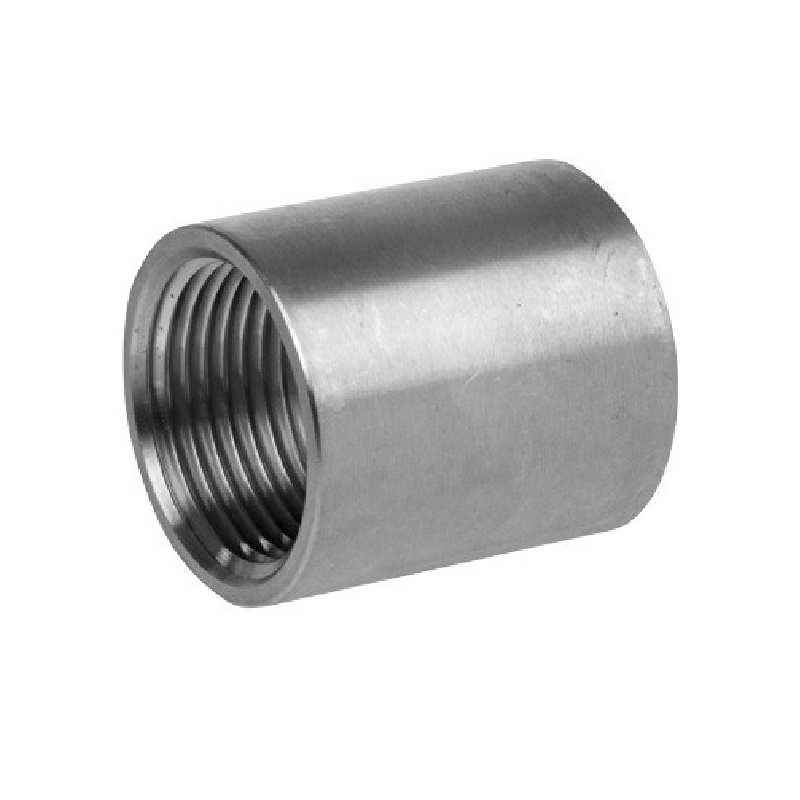-
Cangzhou Yulong Steel Co., Ltd.
-
Phone:
+86 13303177267 -
Email:
admin@ylsteelfittings.com

Nov . 19, 2024 11:51 Back to list
Stainless Steel Weld Fittings for Reliable and Durable Connections in Piping Systems
Understanding SS Weld Fittings A Comprehensive Guide
Stainless steel (SS) weld fittings are critical components in various piping systems, offering strength, durability, and resistance to corrosion. These fittings are specifically designed for welding applications, making them an essential choice in industries ranging from oil and gas to food and beverage manufacturing. In this article, we will explore the characteristics, advantages, applications, and considerations when using SS weld fittings.
What Are SS Weld Fittings?
Stainless steel weld fittings are manufactured from stainless steel and used to connect pipe sections, valves, or other fittings by welding. Common types of SS weld fittings include elbows, tees, reducers, caps, and flanges. They come in various sizes, dimensions, and specifications, making them suitable for myriad applications. The most common grades of stainless steel used in these fittings are 304 and 316, each providing unique benefits depending on the environment in which they are used.
Characteristics of SS Weld Fittings
1. Corrosion Resistance One of the most significant advantages of stainless steel is its excellent corrosion resistance. This property makes SS weld fittings ideal for environments exposed to moisture, chemicals, or harsh conditions.
2. Strength and Durability Stainless steel offers high tensile strength, making it resilient under pressure and capable of withstanding extreme temperatures. This durability ensures that the fittings maintain their integrity over time, reducing the risk of failures.
3. Hygienic Properties Stainless steel is non-reactive and can easily be cleaned, which is vital in food processing, pharmaceuticals, and other applications where hygiene is critical.
4. Versatile Applications SS weld fittings can be used in various systems, including water supply, oil and gas, HVAC, and industrial processing, making them a versatile choice for engineers.
Advantages of Using SS Weld Fittings
1. Seamless Design When properly welded, these fittings create a seamless connection, minimizing crevices where bacteria or corrosive elements can accumulate. This feature is particularly important in sanitary applications.
2. Improved Flow Characteristics The smooth interior of stainless steel fittings aids in maintaining a consistent flow rate, reducing turbulence that can lead to inefficiencies in the system.
ss weld fittings

3. Reduced Maintenance Due to their durability and resistance to corrosion, SS weld fittings require less maintenance compared to their carbon steel counterparts. This leads to lower operational costs over time.
4. Long Lifespan The quality of materials used ensures that these fittings have a long service life, contributing to the overall longevity of the piping system.
Applications of SS Weld Fittings
SS weld fittings are utilized in numerous sectors, including but not limited to
- Oil and Gas Industry Used in pipeline construction and storage applications, where strength and resistance to corrosive substances are vital. - Pharmaceutical Sector Essential for creating sterile environments in the manufacture of medicines and medical devices. - Food and Beverage Commonly employed in brewing, dairy processing, and food manufacturing, where hygiene is paramount. - Chemical Processing Utilized in systems that handle aggressive chemicals, ensuring safety and stability.
Considerations When Using SS Weld Fittings
1. Welding Techniques The choice of welding technique (TIG, MIG, etc.) can affect the quality of the joint. Proper training and experience in welding stainless steel are critical to achieving optimal results.
2. Material Compatibility When selecting SS weld fittings, ensure that the material grade is appropriate for the intended environment, factoring in temperature, pressure, and chemical exposure.
3. Cost Considerations While stainless steel fittings may have a higher initial cost compared to carbon steel, their long-term benefits often outweigh these initial expenses.
4. Design Specifications It's essential to confirm that the fittings meet specific standards and codes relevant to your project, such as ANSI, ASME, or ISO standards.
Conclusion
In conclusion, SS weld fittings are indispensable components in modern piping systems, providing unmatched durability, strength, and corrosion resistance. Their versatility across various industries highlights their importance in achieving safe and efficient operations. When considering SS weld fittings for your projects, take into account the welding techniques, material compatibility, and specific applications to ensure optimal performance and longevity. By choosing the right fittings, you can significantly enhance the efficiency and reliability of your piping systems.
Latest news
-
ANSI 150P SS304 SO FLANGE
NewsFeb.14,2025
-
ASTM A333GR6 STEEL PIPE
NewsJan.20,2025
-
ANSI B16.5 WELDING NECK FLANGE
NewsJan.15,2026
-
ANSI B16.5 SLIP-ON FLANGE
NewsApr.19,2024
-
DIN86044 PLATE FLANGE
NewsApr.19,2024
-
DIN2527 BLIND FLANGE
NewsApr.12,2024
-
JIS B2311 Butt-Welding Fittings LR/SR 45°/90° /180°Seamless/Weld
NewsApr.23,2024
-
DIN2605-2617 Butt-Welding Fittings LR/SR 45°/90°/180° Seamless/Weld
NewsApr.23,2024











